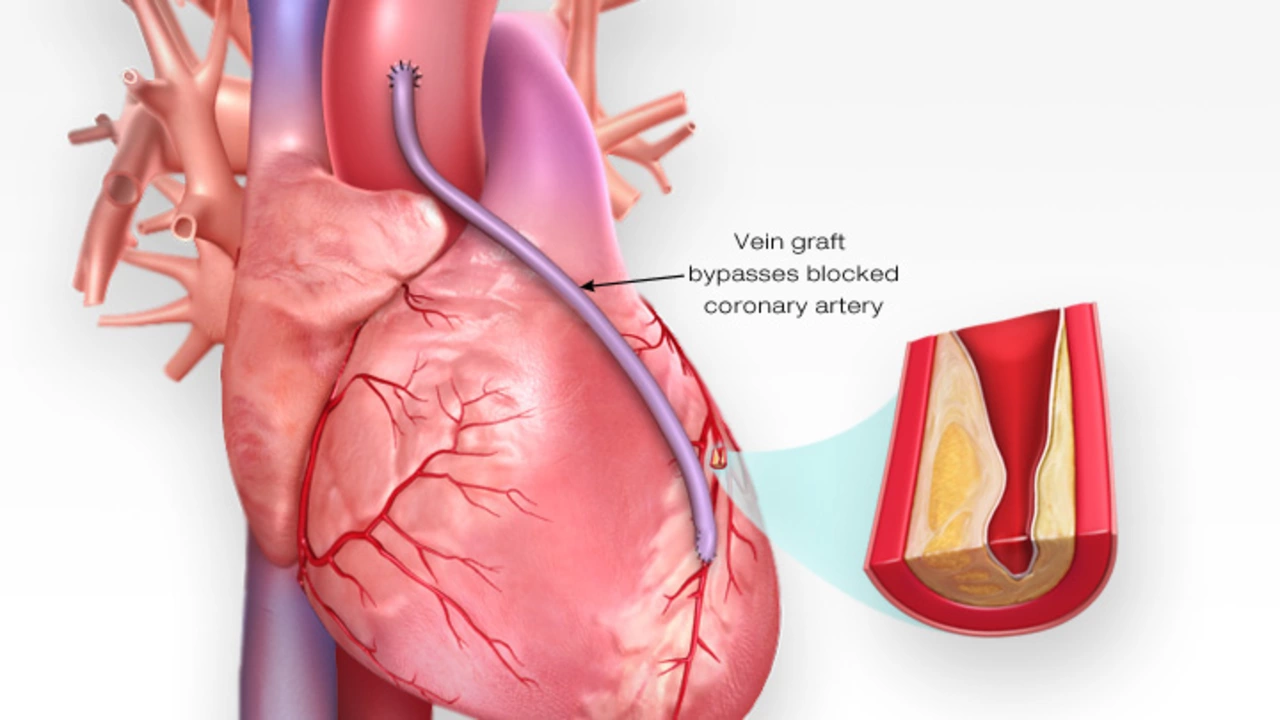In my latest blog post, I delve deep into the topic of Coronary Artery Bypass Surgery, giving readers an idea of what to expect during the procedure. I also share some invaluable tips to aid in the recovery process. The aim is to demystify the surgery and provide practical advice to help ease any anxieties. I believe that understanding and preparation can make the journey a lot smoother. Be sure to check out the post if you or a loved one are facing this procedure, as it could really help guide you through the process.
What to Expect: Buying Medicines, Side Effects, and Treatment Results
When you're facing a new medication, online order, or supplement, you want straight answers: what will happen, how fast, and what to watch for. This tag collects practical reads about buying meds online, real delivery times, how drugs like Toradol, Olanzapine, Nexium, and Neurontin usually act, and what side effects people commonly see. You'll also find guides on supplements like resveratrol and Coriolus, plus tips for spotting bad health info and fake pharmacies.
Buying medicine online? Expect to show a prescription for most prescription drugs and to wait a few days for shipping. Legit pharmacies display licenses, contact details, secure checkout, and require a prescription for controlled or psychiatric meds like Olanzapine. If a site sells prescription drugs without asking, that's a red flag. Look for clear refund and delivery policies, real customer reviews, and a pharmacist contact option.
How drugs usually work and timing
Pain meds like Toradol often work within hours but shouldn't be used long-term; expect pain relief fast but also a risk of stomach, kidney, or bleeding issues. Acid reducers such as Nexium can take a few days to fully ease reflux; short-term relief may appear sooner. Nervous-system drugs like Neurontin and antipsychotics like Olanzapine can take weeks for full effect—be patient and keep a symptom log. For antibiotics used in UTIs, expect improvement in 24–48 hours with the right drug, but finish the course unless your doctor says otherwise.
Supplements like resveratrol or Coriolus can show subtle benefits over weeks or months, not overnight fixes. Treat them as long-term lifestyle additions, not miracle cures. Also watch for interactions: supplements can change how prescriptions work, so always run new products by your clinician or pharmacist.
Side effects, safety checks, and when to call a doctor
Side effects vary from mild to severe. Common signs that need quick attention include chest pain, sudden breathing trouble, severe rash, fainting, or signs of allergic reaction. Mild issues like nausea, sleep changes, or mild dizziness often resolve, but report them if they persist. If a medication is linked to heart risks (for example, warnings around domperidone/Motilium), stop and get urgent advice.
Before starting anything, check one trusted medical site or two, verify sources, and compare information—our posts on checking online health info explain red flags and how to appraise claims. Keep records: what you started, dose, when symptoms changed, and which pharmacy shipped it. This makes follow-up appointments easier and helps your provider spot problems fast.
Want more specific guides? Browse the posts tagged here for detailed reviews, buying tips, and drug-specific expectations. Use them to ask better questions and make safer choices about medicines and supplements.
Quick checklist before you buy or start: confirm the pharmacy license, read recent reviews, check shipping times and packaging, confirm prescription requirements, review interactions with current meds, set reminders for doses, and schedule a follow-up with your prescriber. Small checks now prevent big problems later. Save receipts, keep medication list, and ask questions.

